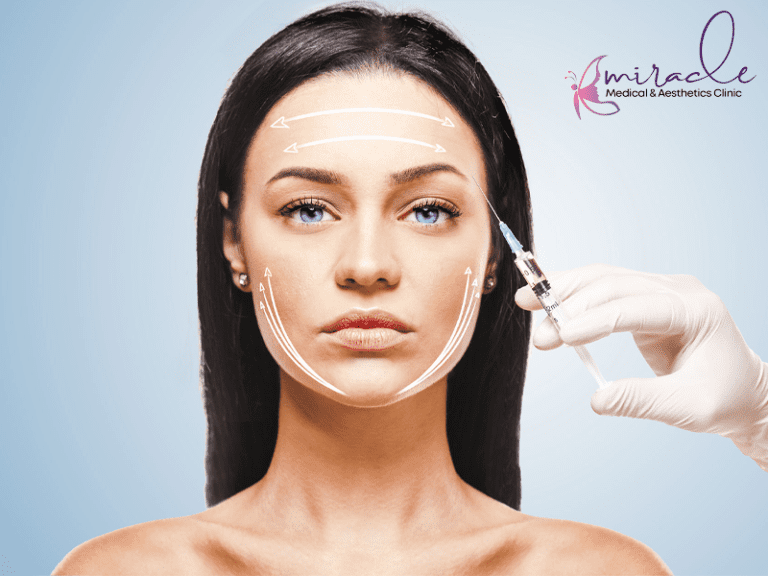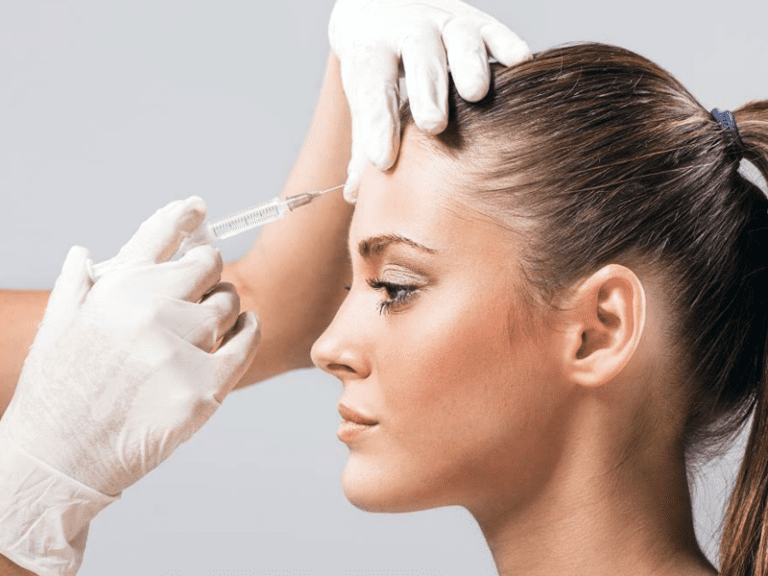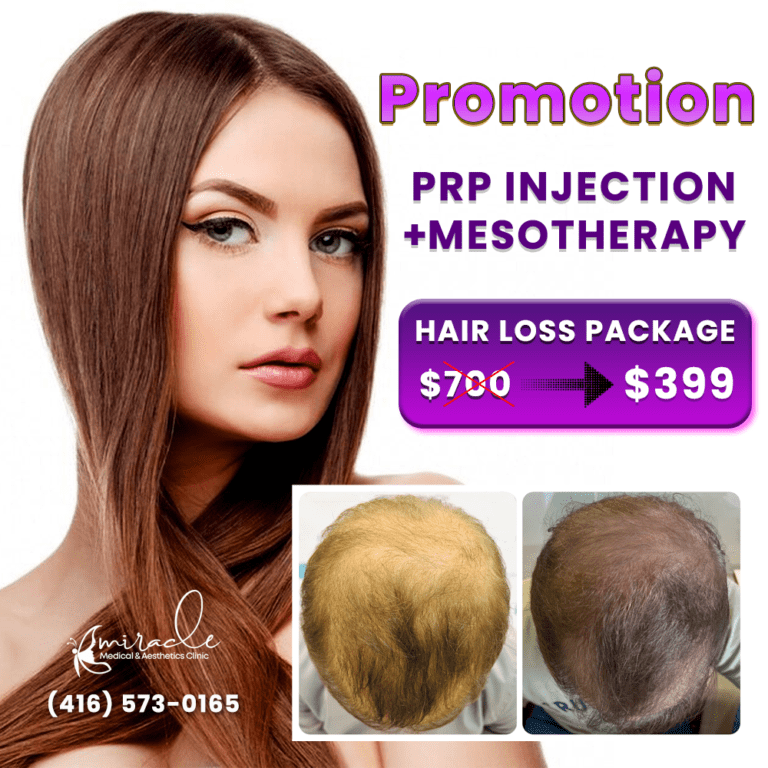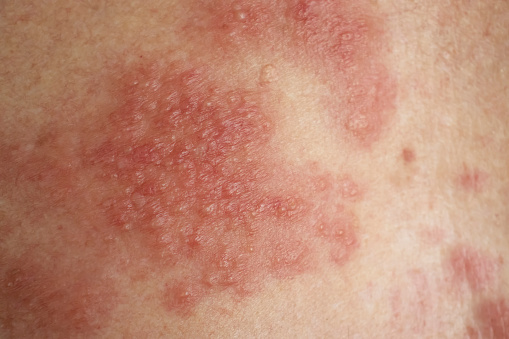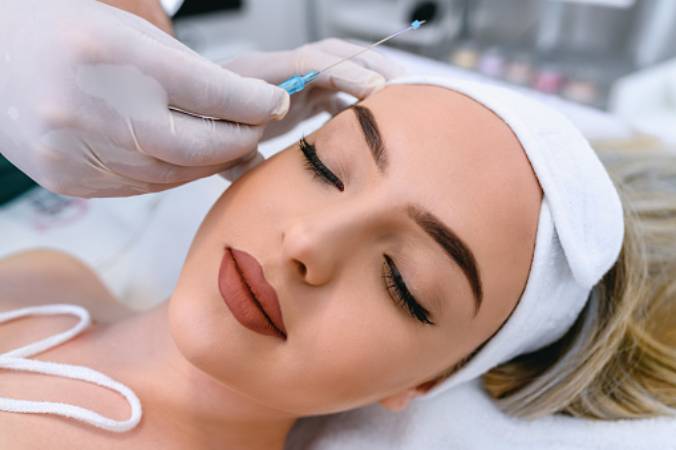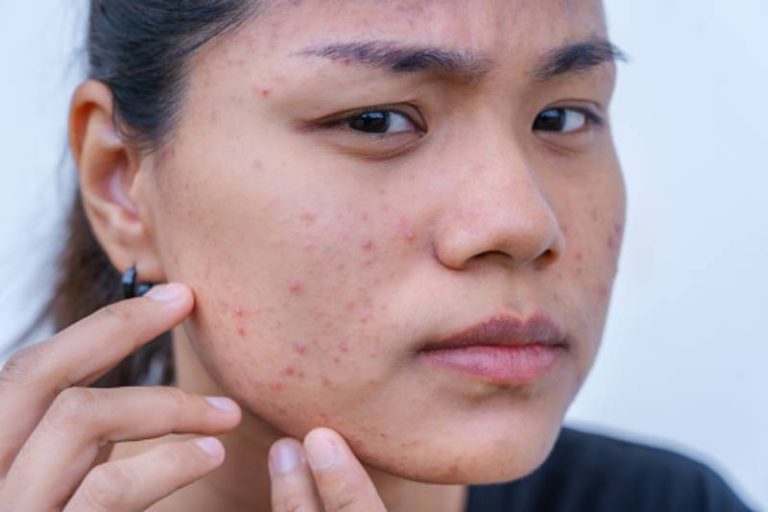A Guide to Teenage Acne
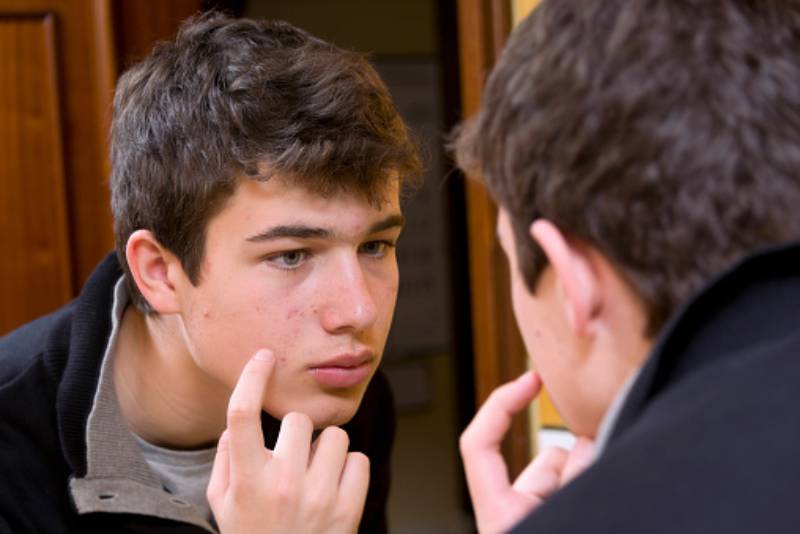
Acne is a common skin condition that affects people of all ages, but it is particularly prevalent in teenagers. It is estimated that up to 85% of teenagers will experience acne at some point. While it is not a serious medical condition, acne can be a source of discomfort and self-consciousness for many teenagers. In this guide, we will discuss the causes of acne, the different types of acne, and tips for preventing and treating teenage acne.

Causes of Acne
Acne occurs when the hair follicles in the skin become clogged with oil and dead skin cells. This can lead to the formation of pimples, blackheads, and whiteheads. Hormones play a major role in the development of acne, which is why it is so common in teenagers. During puberty, the body produces more androgens, a type of hormone that stimulates the production of oil in the skin. This excess oil can clog the hair follicles and lead to acne.
Other factors that can contribute to the development of acne include:
- Genetics: If your parents had acne, you are more likely to develop it.
- Certain medications: Some medications, such as corticosteroids and lithium, can cause acne.
- Diet: While there is no clear link between diet and acne, some people find that certain foods, such as dairy or sugary foods, can trigger acne outbreaks.
- Stress: Stress can cause the body to produce more hormones, which can lead to acne.
Types of Acne
There are several different types of acne, including:
- Whiteheads: These are small, white bumps that form when the hair follicles are clogged with oil and dead skin cells.
- Blackheads: These are similar to whiteheads, but the top of the bump is darkened due to exposure to air.
- Papules: These are small, red bumps that are tender to the touch.
- Pustules: These are similar to papules, but they contain pus.
- Nodules: These are large, painful bumps that form deep under the skin.
- Cysts: These are similar to nodules, but they are filled with pus and can be very painful.
Prevention and Treatment
While there is no surefire way to prevent acne, there are several steps that teenagers can take to minimize their risk of developing acne:
- Keep the skin clean: Wash the face twice a day with a gentle cleanser to remove excess oil and dead skin cells.
- Avoid touching the face: Touching the face can transfer bacteria and oil to the skin, which can lead to acne.
- Use non-comedogenic products: Choose skincare and makeup products that are labeled “non-comedogenic” or “oil-free” to avoid clogging the pores.
- Eat a healthy diet: While there is no clear link between diet and acne, eating a healthy diet can help keep the skin healthy.
- Manage stress: Stress can exacerbate acne, so finding ways to manage stress, such as through exercise or meditation, can help.
If you do develop acne, there are several over-the-counter treatments that can help:
- Benzoyl peroxide: This medication works by killing the bacteria that cause acne and can help unclog the pores.
- Salicylic acid: This medication helps to unclog the pores and reduce inflammation.
- Retinoids: These medications help to unclog the pores and reduce inflammation, and they can also help to fade acne scars over time.
In more severe cases of acne, a dermatologist may recommend prescription-strength medications or procedures, such as oral antibiotics, topical antibiotics, or light therapy.
Conclusion
Acne is a common skin condition that affects many teenagers. While it can be frustrating to deal with, there are several steps that teenagers can take
What Causes Teenage Acne
Teenage acne is primarily caused by hormonal changes that occur during puberty. During puberty, the body produces more androgens, which are hormones that stimulate the sebaceous glands in the skin to produce more oil. This excess oil can clog the hair follicles and lead to the formation of pimples, blackheads, and whiteheads.
- Genetics: If your parents had acne, you are more likely to develop it as well.
- Certain medications: Some medications, such as corticosteroids and lithium, can cause acne as a side effect.
- Diet: While there is no clear link between diet and acne, some people find that certain foods, such as dairy or sugary foods, can trigger acne outbreaks.
- Stress: Stress can cause the body to produce more hormones, which can lead to acne.
It is important to note that while these factors can contribute to the development of acne, they do not necessarily cause acne on their own. Acne is a complex condition with multiple factors involved, and different people may be more or less susceptible to acne based on their individual genetic and environmental factors.
How to Help with Teenage Acne
Teenage acne can be frustrating and can have a negative impact on a teenager’s self-esteem. However, there are several steps that can be taken to help manage and reduce acne:
- Develop a daily skincare routine: A consistent skincare routine can help to keep the skin clean and free of excess oil and dead skin cells. This routine should include washing the face twice a day with a gentle cleanser, using a toner to help balance the skin’s pH, and applying a moisturizer to keep the skin hydrated.
- Avoid picking or squeezing pimples: Picking or squeezing pimples can push the bacteria and oil deeper into the skin, leading to more inflammation and potential scarring.
- Use non-comedogenic products: Choose skincare and makeup products that are labeled “non-comedogenic” or “oil-free” to avoid clogging the pores.
- Manage stress: Stress can exacerbate acne, so finding ways to manage stress, such as through exercise, meditation, or deep breathing, can help.
- Watch your diet: While there is no clear link between diet and acne, some people find that certain foods, such as dairy or sugary foods, can trigger acne outbreaks. It is important to pay attention to your diet and how your skin reacts to certain foods.
- Try over-the-counter acne treatments: Over-the-counter acne treatments, such as benzoyl peroxide or salicylic acid, can help to reduce acne by killing bacteria and unclogging pores.
- Consider seeing a dermatologist: If your acne is severe or not responding to over-the-counter treatments, a dermatologist can recommend prescription-strength medications or procedures, such as oral antibiotics, topical antibiotics, or light therapy.
It is important to remember that treating teenage acne is a gradual process, and it may take several weeks or months to see improvement. It is also important to be patient and consistent with your skincare routine and any treatments you are using. With time and persistence, many teenagers are able to successfully manage their acne and improve the overall health of their skin.
Microdermabrasion for Teenage Acne
Microdermabrasion is a cosmetic procedure that uses a special device to exfoliate and remove the outer layer of dead skin cells from the face. While it can be effective in treating certain types of acne scars and improving the overall texture of the skin, it may not be the best option for teenage acne.
One concern with microdermabrasion for teenage acne is that it can be too harsh for young, sensitive skin. Microdermabrasion can irritate the skin, which can make acne worse or cause new breakouts. Additionally, the suctioning action of the device used in microdermabrasion can cause more inflammation and redness, which can be counterproductive for acne-prone skin.
There are other, less invasive treatments that can be more appropriate for teenage acne, such as chemical peels or light therapy. These treatments can help to exfoliate the skin and reduce inflammation without causing excessive irritation.
It is also important to note that the best treatment approach for teenage acne will depend on the individual’s unique skin type and the severity of their acne. Consulting with a dermatologist can help to determine the best treatment options and develop a personalized treatment plan.
- Keywords: acne, Skincare
- miracleadmin
